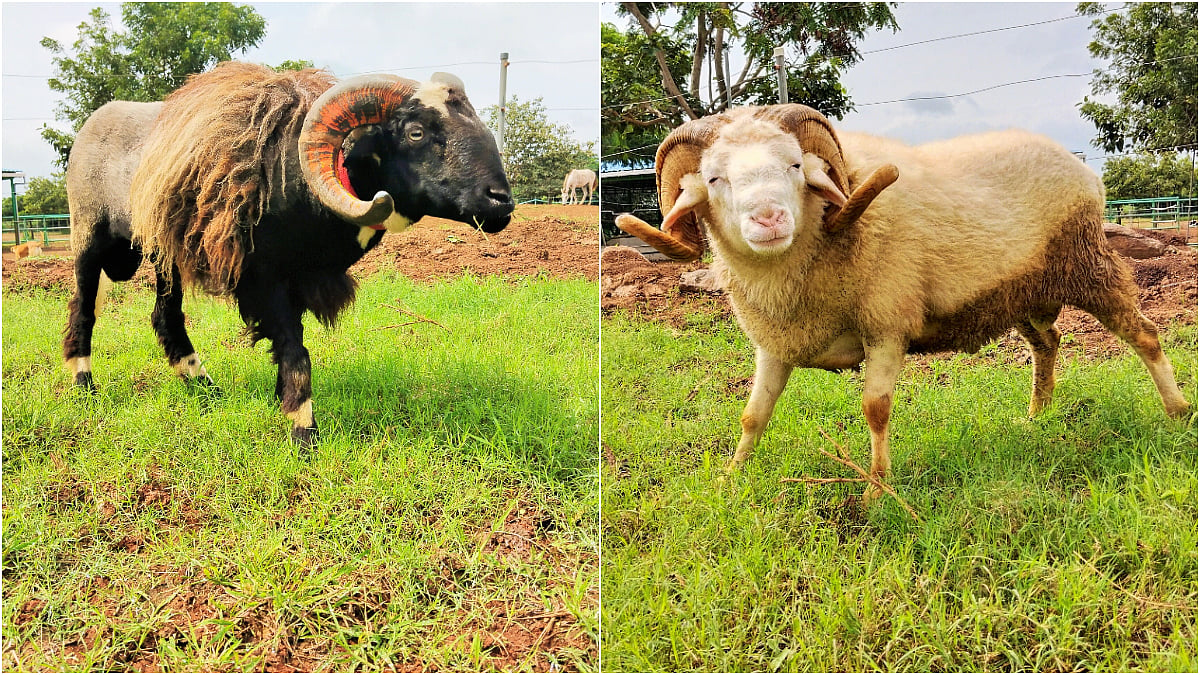World No Tobacco Day is an annual global health campaign observed on May 31st each year to raise awareness about the dangers of tobacco use and advocate for effective policies to reduce tobacco consumption worldwide.
The day aims to educate the public about the harmful effects of tobacco on individuals, families, and communities and encourage governments and individuals to take action against tobacco consumption.
Owing to the increasing consumption of tobacco among individuals worldwide, WHO has dedicated May 31 to commemorate World No-Tobacco Day every year since 1987.
According to the Global Adult Tobacco Survey carried out in India in 2016–17, nearly one-third of adults in India were avid users of tobacco. The most common form of tobacco use remains smokeless tobacco, which is used by one-fifth of adults, while smoking is used by one-tenth of adults.
Every year WHO comes up with a new theme for the particular day, this year’s theme is 'We need food, not tobacco.'
Just as the theme suggests, tobacco not only has detrimental effects on human health but also poses significant risks to the environment.
Here are 5 environmental impacts associated with tobacco production and consumption:
Deforestation: Tobacco cultivation requires vast amounts of land, leading to deforestation in some regions. Around 3.5 million hectares of land are converted for tobacco growing each year, which contributes to the deforestation of 200 000 hectares a year. Deforestation contributes to climate change, reduces biodiversity, and disrupts natural habitats.
Soil degradation: Tobacco farming involves the use of intensive agricultural practices, including the application of chemical fertilizers and pesticides, which contribute to soil degradation.
Water pollution: The chemicals used in tobacco farming, such as fertilizers and pesticides, can leach into water bodies through runoff, contaminating rivers, lakes, and groundwater. This pollution not only harms aquatic ecosystems but also affects the quality of drinking water for nearby communities.
Air pollution: The curing and drying of tobacco leaves release harmful pollutants into the air. Wood is often burned to provide heat for tobacco curing, contributing to deforestation and air pollution.
Waste generation: Tobacco products, such as cigarette butts, packaging materials, and tobacco waste from manufacturing, contribute to significant amounts of litter and waste. Cigarette butts, in particular, are one of the most commonly littered items worldwide and can take years to decompose.











